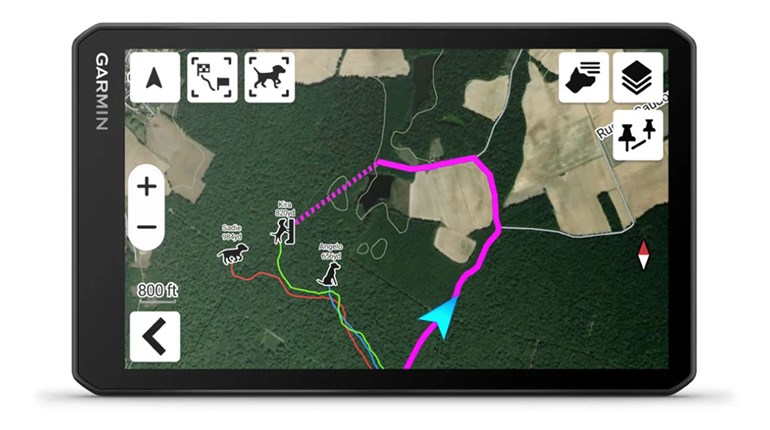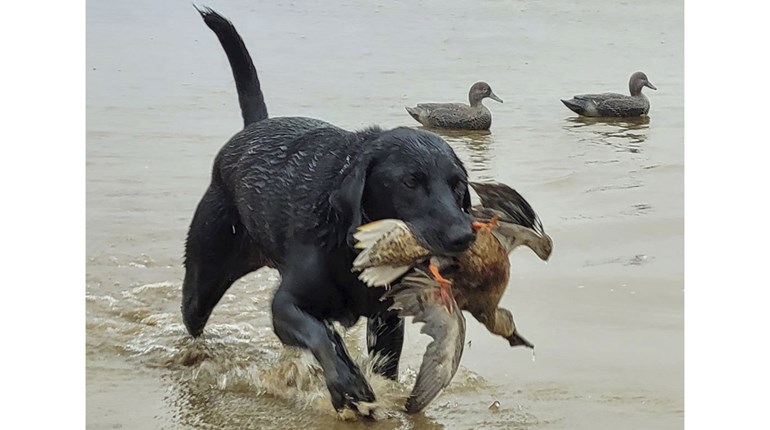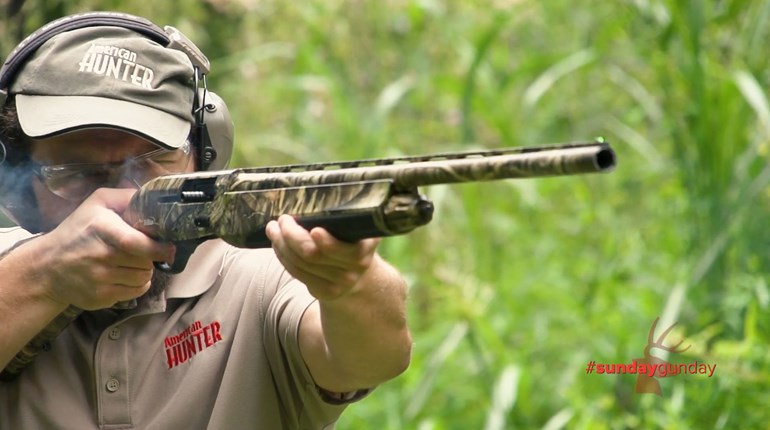
Hunting is one of the safest outdoor pursuits—safer than golf. That said, any time we venture out away from civilization and start doing things like climbing trees or jumping over streams, we engage with a minor risk of injury or illness. That's why every hunter must be prepared for the unexpected—whether it's a pre-existing health issue that rears its ugly head while we're in the backcountry, a fall from a treestand or a simple slip of the skinning knife, we should have a first aid kit with us. Go Med Kits has just introduced its new-for-2024 First Aid & Care Essentials for Hunters—a comprehensive, purpose-built medical kit designed for safety and peace of mind in the wild.
It's also small, tough and portable. Ingeniously packed into a durable 12.5” x 3.5” x 12” resealable pouch with separate poly bags for medications, bandages and topicals, it's easy to find what you need when you need it.
Go Med Kits' new first-aid kit was designed with input from medical professionals, seasoned hunters, outfitters and guides to make sure it addresses the most common types of illness and injury in the backwoods. From a one-handed tourniquet, to pressure bandages, to over-the-counter medications, to comfort items, it's a complete kit for people of all experience levels. Below is an abbreviated list of what's included (the entire kit contains 115 items!). MSRP $189.99; GoMedKits.com.
- CAT-7 (CoTCCC-approved) tourniquet: Enables quick, one-handed application for critical bleeding control.
- 4” pressure bandage: Essential for stopping heavy bleeding from large wounds.
- Vented chest seals: Manage large puncture wounds in the chest effectively.
- Assorted fabric bandages: Fingertip, knuckle, patch, strip and butterfly bandages for common cuts and scrapes.
- Non-adherent pads: Protect wounds without sticking to them.
- Vet wrap and cloth tape: Secure dressings and bandages, even in tough conditions.
- Insect repellent and sunscreen: Stay protected from bugs and harmful UV rays.
- Hand sanitizer: Clean your hands when soap and water aren’t available.
- 36” aluminum splint: Stabilize fractures and injuries in the field.
- Pain relief and digestive medications: Includes ibuprofen, aspirin, antacids and diarrhea relief tablets.
- Antihistamines and sinus decongestants: For allergic reactions and sinus relief.






































